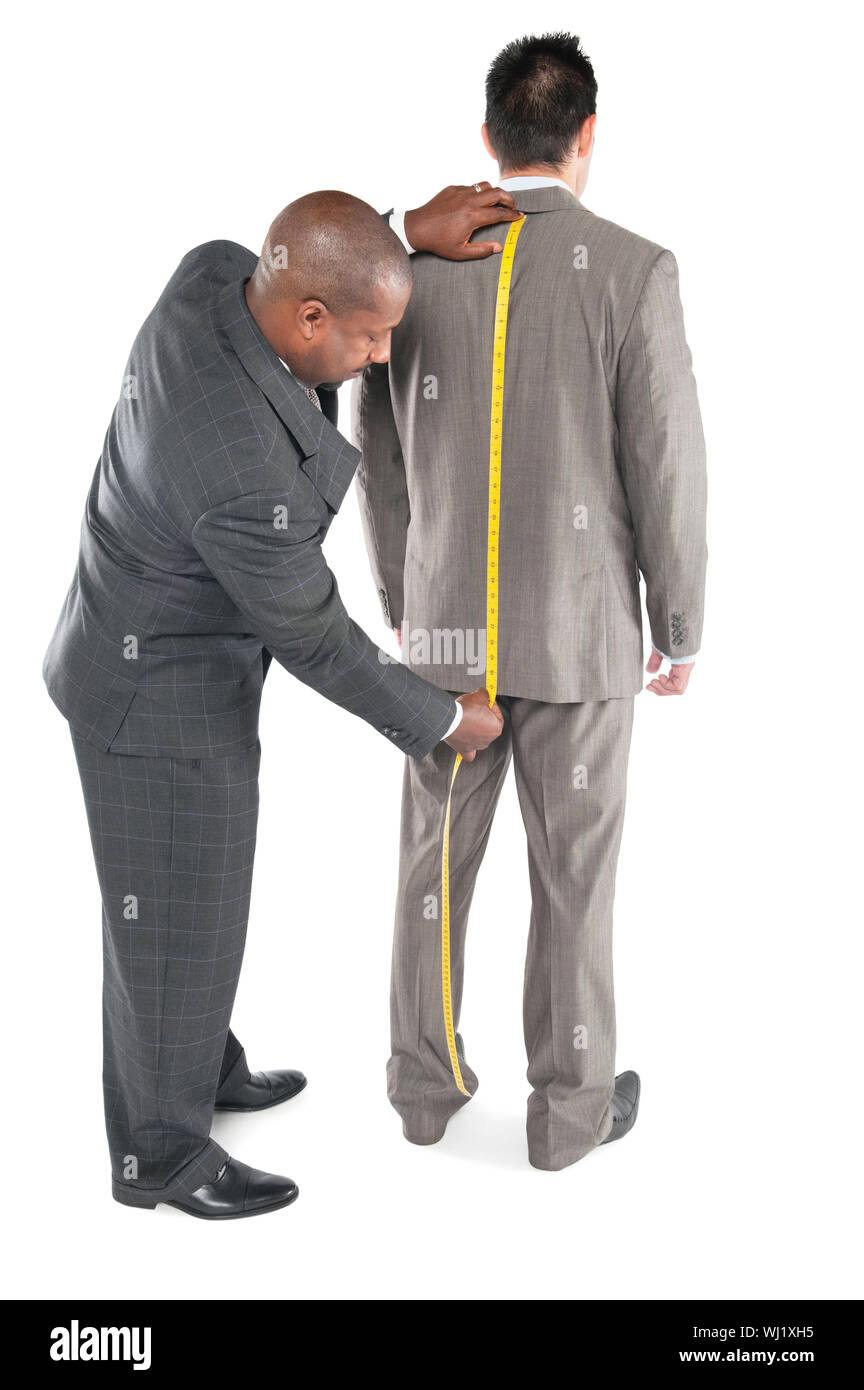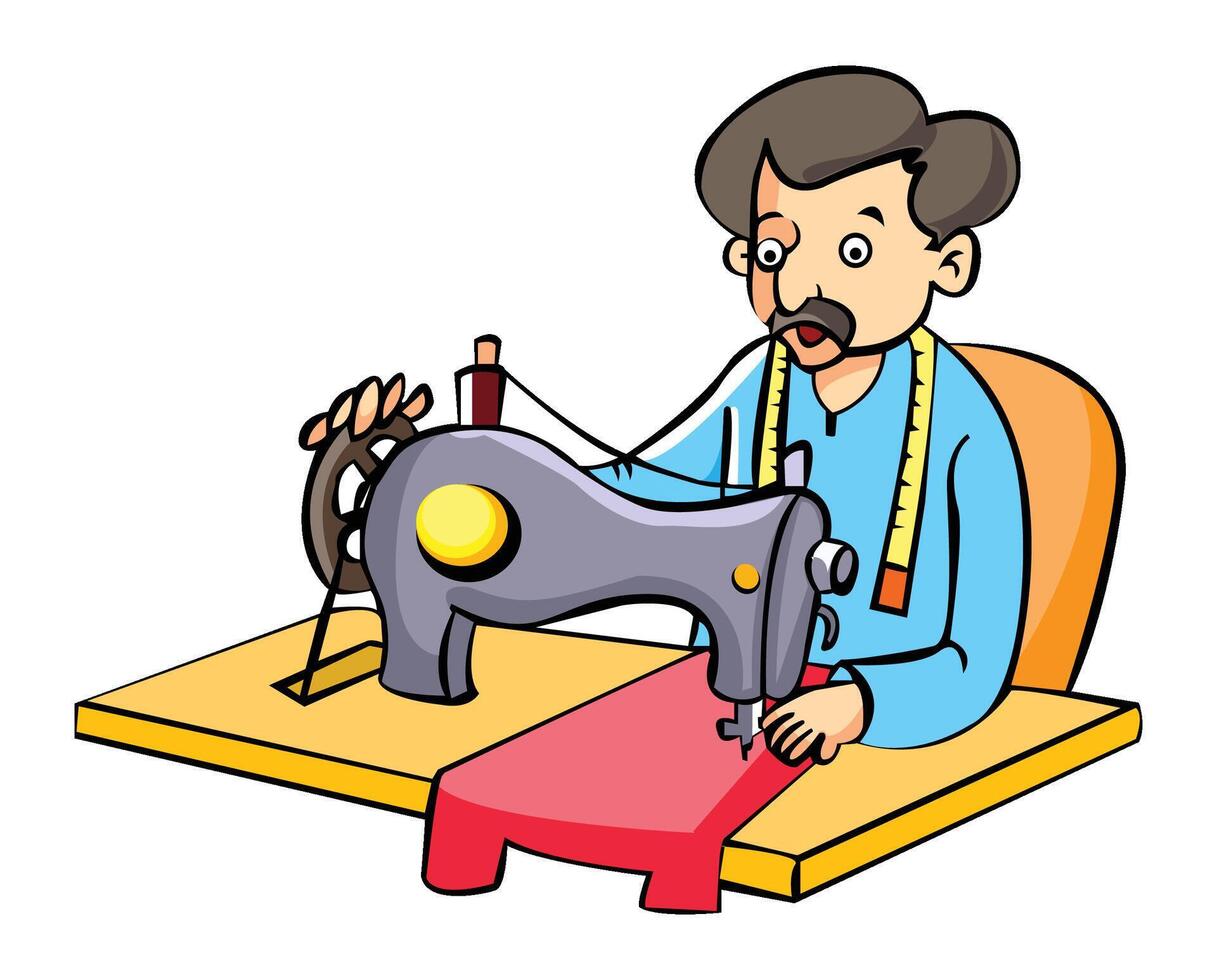Locate the most effective Tailor Perth: Premium Tailoring for Unique Style
Locate the most effective Tailor Perth: Premium Tailoring for Unique Style
Blog Article
Understanding the Tailoring Process: From Fabric Selection to Final Fitting for the Perfect Closet
The tailoring procedure is a complex interaction of art and scientific research, beginning with the essential choice of fabric selection and finishing in the precise changes of final installations. Each fabric kind brings distinct top qualities that influence not just the visual allure but additionally the garment's longevity and viability for various events.
Value of Fabric Choice
Picking the ideal textile is important in the customizing process, as it straight affects the convenience, durability, and overall aesthetic of the last garment (tailor perth). The selection of material establishes the structure for the garment's style, efficiency, and capability. Various textiles have one-of-a-kind buildings, such as weight, breathability, and stretch, which can dramatically influence how the garment drapes and fits the body
Additionally, textile option influences the garment's durability and simplicity of care. High-grade textiles can stand up to damage, preserving their appearance and framework in time, while lower-quality materials may result in pilling or fading. Additionally, the ideal material contributes to the garment's ability to transition throughout periods and events, thereby boosting adaptability.
A customized piece made from a suitable fabric not just showcases workmanship however likewise elevates the user's self-confidence. As a result, recognizing the nuances of textile choice is vital for any type of tailoring undertaking. It ensures that the end product not only fulfills the visual needs of the customer but likewise straightens with practical needs, thus attaining an unified equilibrium in between form and feature in the tailored closet.
Types of Fabrics and Their Usages
Recognizing the various kinds of fabrics readily available is crucial for making informed choices during the customizing process. Each material has special characteristics that determine its viability for specific garments and events.
Its flexibility allows it to be customized right into everything from t-shirts to gowns. Its natural flexibility assists garments preserve shape over time.
Silk exhibits deluxe and is lightweight, making it ideal for eveningwear and delicate shirts; however, it requires cautious handling because of its fragility. Linen, with its textured coating, is a preferred option for cozy environments, providing a airy and crisp feel, however it wrinkles easily, which might influence the garment's appearance.
Artificial fabrics, such as polyester and nylon, deal sturdiness and resistance to wrinkles, making them appropriate for day-to-day wear and active apparel. Recognizing these textile types and their residential properties permits far better decision-making, making sure that each customized item not only fits well but likewise lines up with the desired objective and occasion.
The Tailoring Methods Explained
The art of tailoring relies upon a variety of techniques that change fabric right into well-fitted garments. Central to this procedure is pattern composing, where a dressmaker produces templates based on the customer's measurements and preferred style. This first action ensures that the garment will certainly fit the wearer properly before any type of cutting occurs.
As soon as patterns are established, reducing techniques enter play. Accuracy click to read is critical as inaccuracies can cause misfitting garments. Tailors often make use of different reducing approaches, such as single-layer cutting for elaborate designs and multiple-layer cutting for efficiency on basic patterns.
Basting is an additional necessary technique, allowing dressmakers to temporarily sew fabric assemble for an initial installation. This technique uses the chance to analyze the drape and general silhouette before final sewing.
Seaming strategies, consisting of french seams and flat-felled seams, improve the garment's durability and aesthetic appeal. Tailors likewise utilize techniques such as interfacing and padding to offer framework and shape to particular areas, like collars and shoulders.
Last but not least, completing strategies, consisting of hemming and edge ending up, make sure the garment's long life while giving a polished appearance. With each other, these strategies develop the backbone of efficient tailoring, resulting in exquisite, custom-fit apparel.
Suitable Adjustments and Factors To Consider

Key considerations include the shoulder fit, which should neither sag nor limit activity, and the sleeve size, which ought to permit comfy arm movement while go to this site preserving a sleek appearance. Furthermore, modifications at the waistline can fine-tune the silhouette, with options to let out or absorb material as required.
The surge of trousers is another essential aspect; it must sit conveniently above the hips without triggering discomfort, permitting convenience of movement. Hemming sizes for both pants and skirts should show the wearer's recommended style while appreciating percentages.

Preserving Your Tailored Clothing
Always follow the treatment label instructions, which may advise completely dry cleansing for fragile textiles or machine cleaning for even more long lasting materials. Stay clear of regular laundering, as this can use down the material and alter the garment's form.
Storage space is just as crucial; usage padded wall mounts for layers and coats to keep shoulder framework, and shop pants folded up nicely or hung to prevent creasing. Secure garments from direct sunshine, which can fade colors and damage fibers.
Furthermore, regular examinations for small repair services can prevent bigger issues. Look for loose buttons, fraying seams, or signs of moth damages, resolving these problems immediately to keep the garment's stability.
Last but not least, think about seasonal rotation. Putting on customized items in small amounts enables textiles to recover, prolonging their life expectancy. By applying these upkeep techniques, you can guarantee that your customized garments remain as beautiful as the day you first used them, boosting your optimal wardrobe for many years ahead.
Final Thought
The customizing procedure, encompassing textile option, proficient techniques, and specific fitting adjustments, plays a crucial duty in producing garments that enhance both comfort and style. Recognizing the importance of maintenance extends the life of tailored garments, solidifying their value in a well-curated closet.
Selecting the ideal fabric is crucial in the tailoring process, as it straight influences the comfort, durability, and total visual of the last garment. The selection of material sets the foundation for the garment's performance, capability, and design. Different materials possess unique properties, such as breathability, stretch, and click to read more weight, which can considerably affect how the garment drapes and fits the body.
The art of customizing depends on a variety of techniques that transform fabric right into well-fitted garments.The tailoring process, encompassing textile choice, skilled techniques, and specific fitting modifications, plays a critical function in producing garments that boost both convenience and style.
Report this page